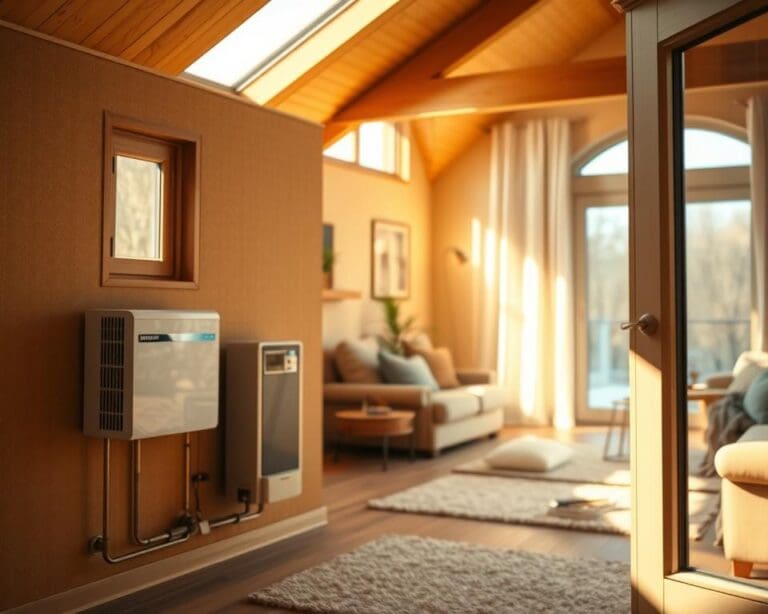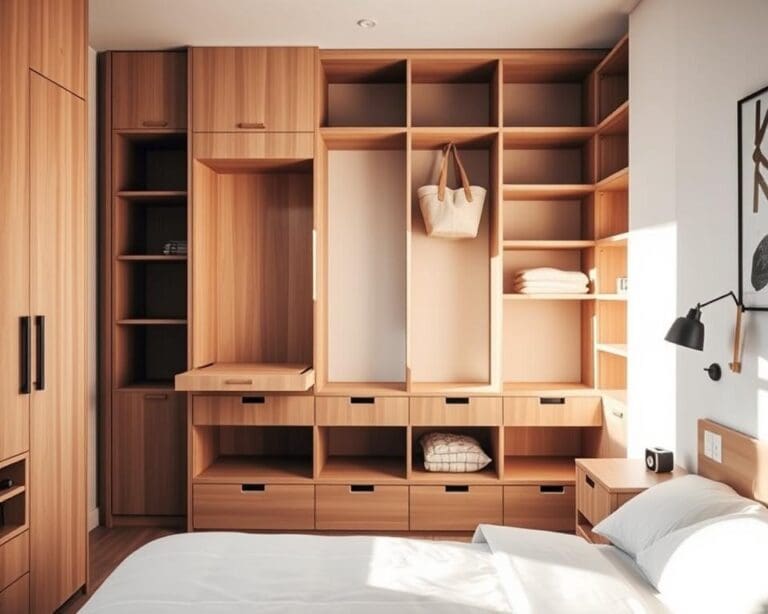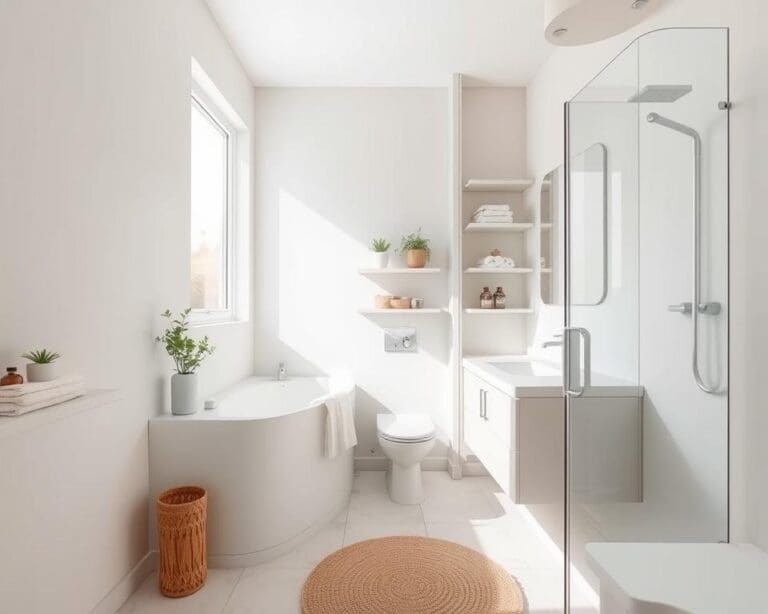As the winter chill sets in, the importance of insulating your home becomes increasingly clear. Keeping your living space warm and inviting is essential, not just for comfort but also for maintaining home energy efficiency. Effective insulation can significantly reduce heat loss, leading to cost savings on heating bills throughout the colder months. In this article, we will delve into winter insulation tips that will help you maximise warmth and energy conservation in your home, ensuring a snug atmosphere regardless of the temperature outside.
The Importance of Insulating Your Home
Insulating your home serves a critical role in creating a space that fosters comfort while enhancing energy performance. The installation of high-quality insulation materials contributes significantly to maintaining a comfortable home temperature throughout the year. Understanding the myriad benefits of insulation can motivate homeowners to prioritize this essential home improvement. It can transform your living environment into a haven of warmth in winter and a cool retreat in summer.
Benefits of Proper Insulation
One of the primary benefits of insulation lies in its ability to provide thermal resistance. This not only keeps interiors warmer during chilly months but also prevents excessive heat from infiltrating in the summer. Homeowners can enjoy several advantages, such as:
- Lower energy bills due to decreased reliance on heating and cooling systems.
- Enhanced air quality by minimising drafty spots and maintaining consistent indoor temperatures.
- Reduction of outside noise, creating a more peaceful atmosphere.
How Insulation Affects Energy Efficiency
The impact of insulation on energy efficiency cannot be overstated. Well-insulated homes experience significantly reduced heating costs, as they effectively prevent heat from escaping. This improved energy efficiency not only benefits homeowners financially but also contributes positively to environmental sustainability. A well-planned insulation strategy allows residents to enjoy the advantages of a comfortable home temperature with minimal energy consumption.
Common Areas to Insulate
Ensuring proper insulation in your home can significantly improve energy efficiency and comfort. Focusing on common insulation areas, particularly the attic and walls, is essential for maintaining a warm and energy-efficient living space.
Attic Insulation Options
Attic insulation serves as a vital barrier against heat loss. Various options exist to enhance this space, including:
- Fibreglass batts: These are popular due to their cost-effectiveness and ease of installation.
- Spray foam: This option expands upon application, providing an excellent seal and insulation value.
- Blown-in cellulose: Made from recycled materials, this eco-friendly option is effective for filling gaps and cavities.
The choice of attic insulation often depends on the specific structure and requirements of your home, ensuring optimal performance and comfort.
Wall Insulation Techniques
Wall insulation represents another critical aspect of energy efficiency. Different techniques can cater to various home types:
- Cavity wall insulation: This involves filling the space between the two layers of brick, effectively reducing heat loss.
- Solid wall insulation: Suitable for homes with solid walls, this technique can be applied internally or externally to maintain warmth.
By meticulously insulating these common insulation areas, homeowners can achieve substantial energy savings while contributing to the broader goals set by the UK’s Climate Change Act.
How do you insulate your home for winter?
Preparing your home for the winter months involves several essential insulation steps. Begin by assessing your current insulation levels throughout the house. Identifying areas that require improvement is crucial for effective winter insulation methods. Focus on spots like attics, walls, and basements, which are common culprits for heat loss.
One popular approach in DIY home insulation is installing insulation boards in your attic. These boards provide excellent thermal resistance and can significantly reduce heating costs. Another effective method involves sealing gaps with caulk, which helps to prevent cold drafts that can enter through small openings.
Don’t overlook doors and windows; applying weather stripping can make a substantial difference by ensuring tighter seals. Choose appropriate materials based on the characteristics of each space. For instance, consider the local climate conditions when selecting insulation types, as this can influence both comfort and energy efficiency.
By following these straightforward yet vital insulation steps, homeowners can create a warm, comfortable environment effective for winter. Embracing these DIY home insulation techniques empowers individuals to take charge of their living spaces while enhancing overall energy efficiency.
Choosing the Right Insulation Materials
When considering insulation materials, homeowners face a variety of choices that affect both comfort and energy efficiency. Understanding the options available can lead to informed decisions that positively impact living conditions and utility bills.
Fibre Glass vs. Foam Board
Fibre glass insulation remains popular for its affordability and good performance. Its ability to resist heat transfer makes it a practical choice in many homes. It is easy to install, providing a reliable barrier against the cold.
Foam board insulation, on the other hand, offers superior insulating properties while requiring less thickness. This type of material excels in critical areas like basement walls and exterior sheathing, helping to maintain an optimal indoor environment.
Natural Insulation Materials
A growing interest in ecological living has led to a surge in natural insulation options, such as sheep’s wool, straw, and hemp. These materials not only reduce environmental impact but also offer excellent thermal performance and breathability. Homeowners looking to make more sustainable choices will find that these natural insulation options can enhance the overall comfort of their spaces.
Insulation Installation Tips
Proper insulation installation is essential for maintaining a comfortable and energy-efficient home during the winter months. For those considering DIY insulation installation, it is crucial to follow specific DIY tips to ensure safety and effectiveness. Always wear protective gear, such as gloves and masks, while working with insulation materials. Ventilation is just as important; work in well-ventilated areas to avoid inhaling any harmful particles.
Accurate measurements of the spaces to be insulated are vital. Measure carefully to determine how much insulation material is needed. Overestimating can lead to unnecessary expenses, while underestimating may leave gaps that compromise insulation efficacy. Quality materials will make a significant difference in performance, so select products that meet industry standards.
For those who prefer a more hands-off approach, professional insulation installation offers numerous advantages. Experts possess the knowledge and experience to tackle diverse insulation requirements. They can identify potential issues that a homeowner may overlook. Hiring professionals ensures that the installation meets high standards, providing peace of mind and optimal energy efficiency.
Whether you pursue a DIY project or opt for professional help, understanding the options available allows you to make informed decisions. Balancing personal skills against the benefits of expertise will guide you towards the best insulation strategy for your home.
Maintaining Your Insulation for Longevity
Proper insulation maintenance is essential for safeguarding your home against the harsh realities of winter while enhancing home longevity. Regular inspections are vital in identifying any signs of damage, such as moisture build-up or pest infestations, which can severely compromise the integrity of your insulation. By being proactive in these assessments, you help maintain the insulation lifespan and ensure that your home remains a comfortable haven throughout the colder months.
Scheduling periodic professional assessments is highly recommended. These experts can identify hidden issues that may not be apparent to the untrained eye. Furthermore, keeping insulation clean and ensuring that airflow is not obstructed play a significant role in sustaining its performance. An efficient insulation system not only prevents cold drafts but also contributes to energy savings, making your home more sustainable and cost-effective in the long run.
In essence, investing time and effort into insulation maintenance pays dividends. By following these essential practices, you can substantially extend the lifespan of your insulation materials while creating an environment that thrives on both comfort and efficiency. Embracing a routine of diligence and care will reward you with a resilient insulation system, ultimately elevating the quality of your home for many years ahead.









